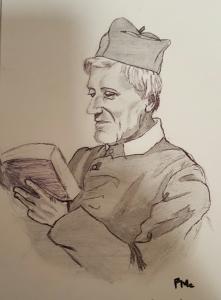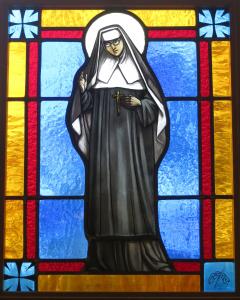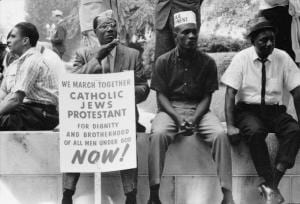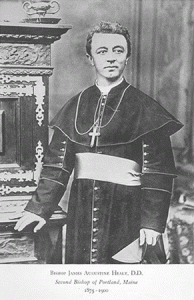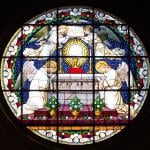 Today in 1954 marks the death of Pius Parsch, Czech priest and liturgist. Born in 1884 in northern Moravia, he joined the Augustinian Canons in 1904. He became a leading figure in the Liturgical Movement, the purpose of which was to make the treasures of Scriture and the Liturgy more accessible to the laity. His books included The Liturgy of the Mass (1940), The Breviary Explained (1952), and The Church’s Year of Grace (1953). In an auobiographical essay, he discussed the meaning of the Liturgical Movement:
Today in 1954 marks the death of Pius Parsch, Czech priest and liturgist. Born in 1884 in northern Moravia, he joined the Augustinian Canons in 1904. He became a leading figure in the Liturgical Movement, the purpose of which was to make the treasures of Scriture and the Liturgy more accessible to the laity. His books included The Liturgy of the Mass (1940), The Breviary Explained (1952), and The Church’s Year of Grace (1953). In an auobiographical essay, he discussed the meaning of the Liturgical Movement:
The liturgy, the public worship of the Church, which in early times set the rhythm of Christian devotion, was, in the Middle Ages, put further and further in the background in favor of private and lay devotion. Hence subjectivism and individualism in the religious life of Catholics came strongly to the forefront. All too much leeway was given to human action in opposition to the operation of divine grace. So liturgical worship languished more and more and finally became a function of the priest, at which the people, during the liturgy and in place of it, gave themselves to private devotions.


